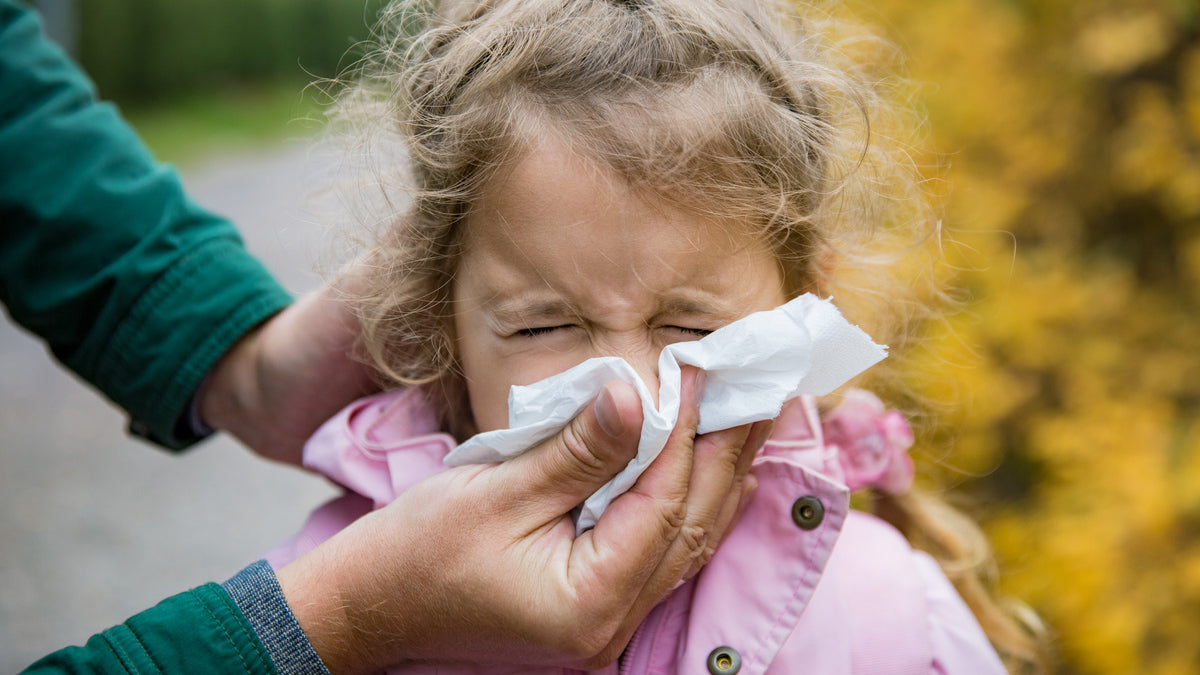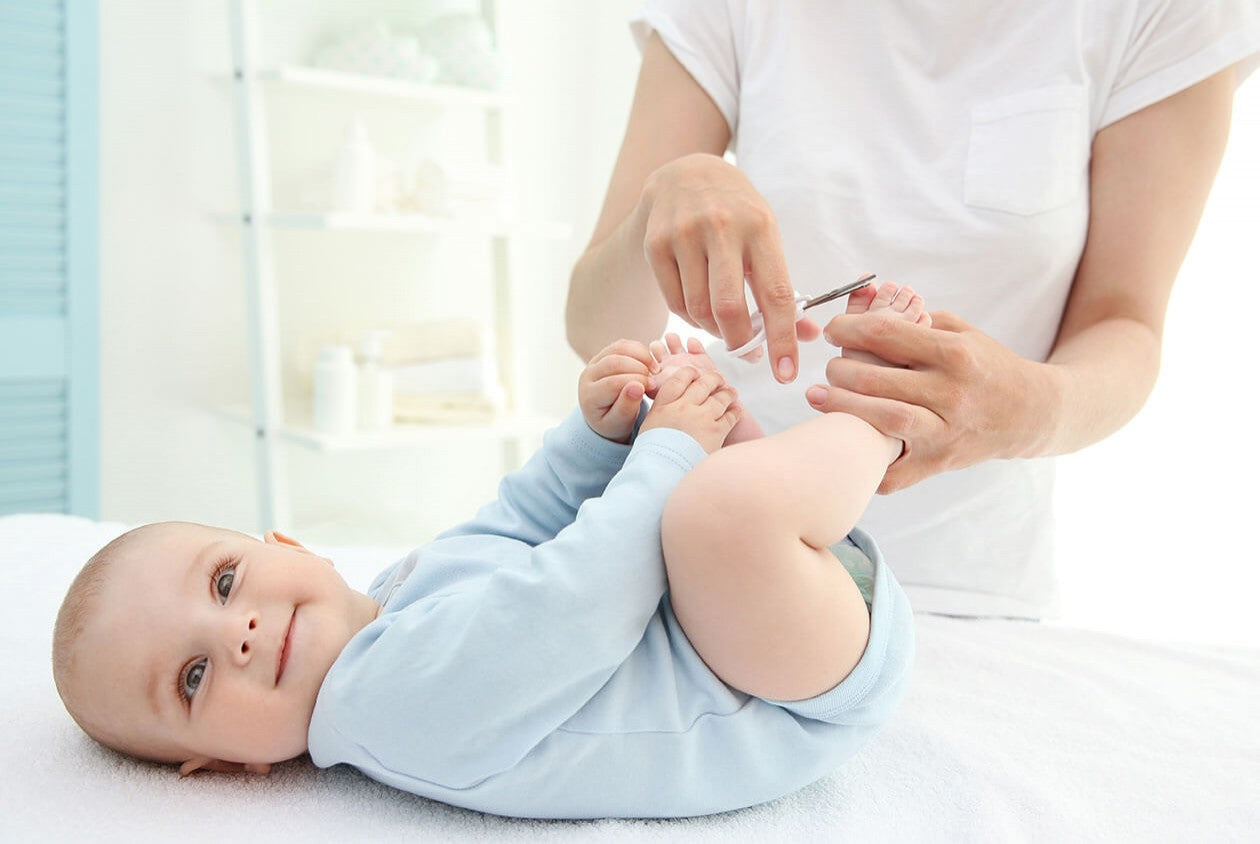How to protect the baby's skin.
- milk crust;
- diaper dermatitis;
-Atopic dermatitis;
- newborn acne;
How to wash it
Even if the baby is small it is not enough to simply wash it with water as the body can have thin layers of fat that does not go away simply with water but requires specific cleansers, gentle for the baby's skin, non-cleansing type. ionic, delicate, pH between 5.0 and 5.5, without fragrance and without preservatives and other components. Absolutely avoid normal soaps or bubble baths, which are too aggressive for the little one.
For the baby's hair, let's remember that many baby detergents also have the function of shampoo , if the one we have chosen does not fall into that category instead we can choose a delicate oil - shampoo , always designed for newborns.
It is a good habit, from the moment the umbilical stump falls, to follow the ritual of the daily bath, to be carried out in the morning or in the evening before the last meal which over time becomes a pleasant and fun habit even for the child who also becomes familiar with water, a natural element since before birth.
If you have dermatitis problems
Atopic dermatitis is the most common skin disease of the newborn in infancy and has a genetic cause, manifesting itself from the first weeks of life. In the newborn, the rash occurs on the arms and legs, trunk, cheeks, forehead and chin, with the appearance of small red patches accompanied by eczema, with rough or peeling skin.
If the child suffers from atopic dermatitis, first of all we avoid leaving it in the water a lot, always dry it very carefully making sure that there are no areas that remain wet (applies to all children!), Avoid perfumed detergents and those that contain colloidal powders such as oats, cereals etc., which although in other children are recommended because they have a high soothing effect, in small atopics they can cause allergies.
How to dry it
If it is very important to know how to wash the baby and which detergents to use, it is equally important to know how to dry it; the skin should never be rubbed but dabbed with a soft towel, sponge or cotton. The areas to pay more attention to are those where there can be folds and where there can be more easily stagnation, such as armpits, bottom, thighs, chin, folds of the knees and elbows. The skin of the bottom, in particular, is often subject to external aggressions, due to contact with urine and feces, for rubbing the diaper on the skin, for the humidity of the diaper or for inadequate hygiene and a infrequent cleaning. Precisely for this reason many pediatricians recommend, at each diaper change, after the skin has been perfectly cleansed and dried, to apply a thin layer of cream containing zinc oxide or panthenol, soothing substances that prevent redness and irritation and help the skin. to heal faster if it is already red. Furthermore, with these creams the skin remains constantly hydrated and regenerates itself naturally.
How to prevent diaper rash
Prevention is better than cure, we change the baby's nappy every 4 hours, letting the bottom perspire leaving him without a nappy as much as possible, washing his bottom under running water and taking care to pat it well.
Applying a protective paste can also act as a preventative and protect the skin, creating a protective barrier against stool and urine and keeping the skin soft and smooth.
The most frequent ailments
Sudamine: sudamine or miliaria occurs when there is a hot / humid climate, for example in summer, starting from the first weeks of life; it manifests itself on the neck, face, folds, trunk, has small pimples on skin that is not necessarily red. It resolves spontaneously, however some pediatricians recommend using diluted starch in the bath water, to facilitate and speed up the end of the disorder;
Newborn acne: Newborn acne can arise from the first month, with the appearance of white bubbles and pimples on the face and cheeks; it resolves spontaneously and sometimes the pediatrician may recommend certain medications to facilitate healing;
Atopic dermatitis: atopic dermatitis as already mentioned, is a very frequent disease in early childhood and occurs with the eruption of patches and blisters skin rashes, it is treated above all with prevention, preventing the skin from drying out, using products suitable for maintaining the right hydration, with a soothing, moisturizing and regenerating function;
Diaper dermatitis: Diaper dermatitis is very common in newborns and babies who use diapers, because the skin in contact with feces and urine becomes irritated. It generally affects the genitals, buttocks, inguinal folds and genitals, with reddened skin sometimes with the appearance of cuts or erosions. It is managed by taking good care of hygiene and applying a regenerating and soothing cream after each diaper change.
The characteristics of the soothing cream for the bottom
These elements serve to build a protective film on the skin, giving it elasticity, softness and hydration.






Leave a comment